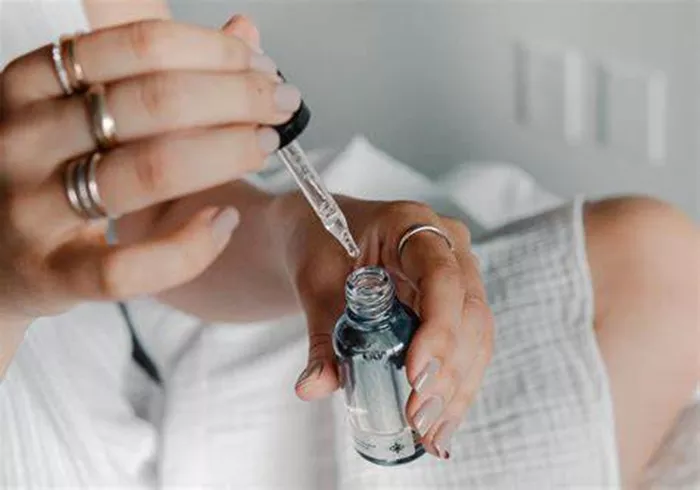Hyaluronic Acid (HA) is a naturally occurring substance in the human body, primarily found in connective tissues, skin, and cartilage. It plays a crucial role in maintaining skin hydration, elasticity, and overall health. As we age, the natural levels of hyaluronic acid in our bodies decrease, leading to dryness, wrinkles, and loss of firmness in the skin. This decline is often exacerbated by environmental factors such as sun exposure, pollution, and lifestyle choices. Consequently, HA has gained immense popularity in the beauty industry as a key ingredient in skincare products aimed at combating these signs of aging.
This article explores the various benefits of hyaluronic acid for the skin, how it works, and its applications in skincare routines. We will delve into its moisturizing properties, anti-aging effects, healing capabilities, and much more. Understanding these aspects can help individuals make informed decisions about incorporating hyaluronic acid into their skincare regimens.
What is Hyaluronic Acid?
Hyaluronic acid is a glycosaminoglycan, a type of carbohydrate molecule that consists of long chains of disaccharides. These chains are capable of holding up to 1000 times their weight in water, making HA an exceptional humectant. This unique property allows it to attract moisture from the environment and bind it to the skin, ensuring optimal hydration levels.
Chemical Structure and Properties
The molecular structure of hyaluronic acid allows it to form a gel-like consistency when mixed with water. This gel-like texture is vital for its function in skincare as it creates a barrier that prevents moisture loss while also providing lubrication to tissues. The size and weight of HA molecules can vary significantly; larger molecules tend to stay on the surface of the skin, providing immediate hydration, while smaller molecules can penetrate deeper layers for more profound effects.
Benefits of Hyaluronic Acid for Skin
Hyaluronic acid offers a multitude of benefits for skin health. Below are some key advantages:
1. Deep Hydration
One of the most significant benefits of hyaluronic acid is its ability to provide deep hydration. By attracting moisture from the environment and binding it to skin cells, HA helps maintain optimal hydration levels. This is particularly beneficial for individuals with dry or dehydrated skin.
2. Anti-Aging Properties
Hyaluronic acid plays a crucial role in reducing the appearance of fine lines and wrinkles. As skin becomes more hydrated, it appears plumper and firmer. Research indicates that regular use of HA can lead to a significant reduction in wrinkle depth and an increase in skin elasticity.
3. Improved Skin Elasticity
With age and environmental stressors, skin elasticity diminishes. Hyaluronic acid helps restore this elasticity by providing essential moisture that keeps skin supple and resilient. This improved elasticity contributes to a more youthful appearance.
4. Wound Healing Support
Hyaluronic acid has been shown to promote wound healing by facilitating tissue regeneration and reducing inflammation. Its application can speed up recovery from injuries such as cuts or burns by maintaining moisture at the wound site.
5. Soothing Irritated Skin
HA possesses anti-inflammatory properties that can help soothe irritated or sensitive skin conditions such as eczema or rosacea. Its hydrating effect calms redness and promotes overall skin comfort.
6. Strengthening the Skin Barrier
Hyaluronic acid enhances the skin’s natural barrier function by providing hydration that prevents transepidermal water loss (TEWL). A robust barrier helps protect against environmental aggressors such as pollutants and UV rays.
7. Enhancing Other Skincare Ingredients
When used in conjunction with other active ingredients like vitamins C and E or peptides, hyaluronic acid can enhance their absorption and effectiveness. This synergistic effect makes HA an excellent addition to any skincare regimen.
How to Incorporate Hyaluronic Acid into Your Skincare Routine
Incorporating hyaluronic acid into your skincare routine can be straightforward. Here are some tips for effective use:
1. Choose the Right Product Form
Hyaluronic acid is available in various forms including serums, creams, gels, and even oral supplements. Serums tend to be highly concentrated and are often recommended for maximum hydration benefits.
2. Apply on Damp Skin
For optimal results, apply hyaluronic acid products on damp skin after cleansing or toning. This technique allows HA to attract additional moisture from the environment into your skin.
3. Layer with Moisturizer
After applying HA serum or cream, follow up with a moisturizer to lock in hydration. This step is crucial as it helps create an occlusive barrier that prevents moisture loss throughout the day.
4. Use Regularly
Consistency is key when using hyaluronic acid products. Regular application will yield better results over time as your skin adapts to increased hydration levels.
Potential Side Effects
While hyaluronic acid is generally considered safe for most individuals, some may experience mild side effects such as redness or irritation upon initial use. It is advisable to perform a patch test before fully incorporating any new product into your routine.
Conclusion
Hyaluronic acid is a powerful ingredient with numerous benefits for skin health. Its ability to provide deep hydration, reduce signs of aging, support wound healing, and enhance overall skin appearance makes it an essential component of modern skincare regimens. By understanding how HA works and how best to incorporate it into your routine, you can achieve healthier, more youthful-looking skin.
Related topic:
Can Hyaluronic Acid Injections Treat Eye Circles?
Do You Apply Primer Or Moisturizer First?

